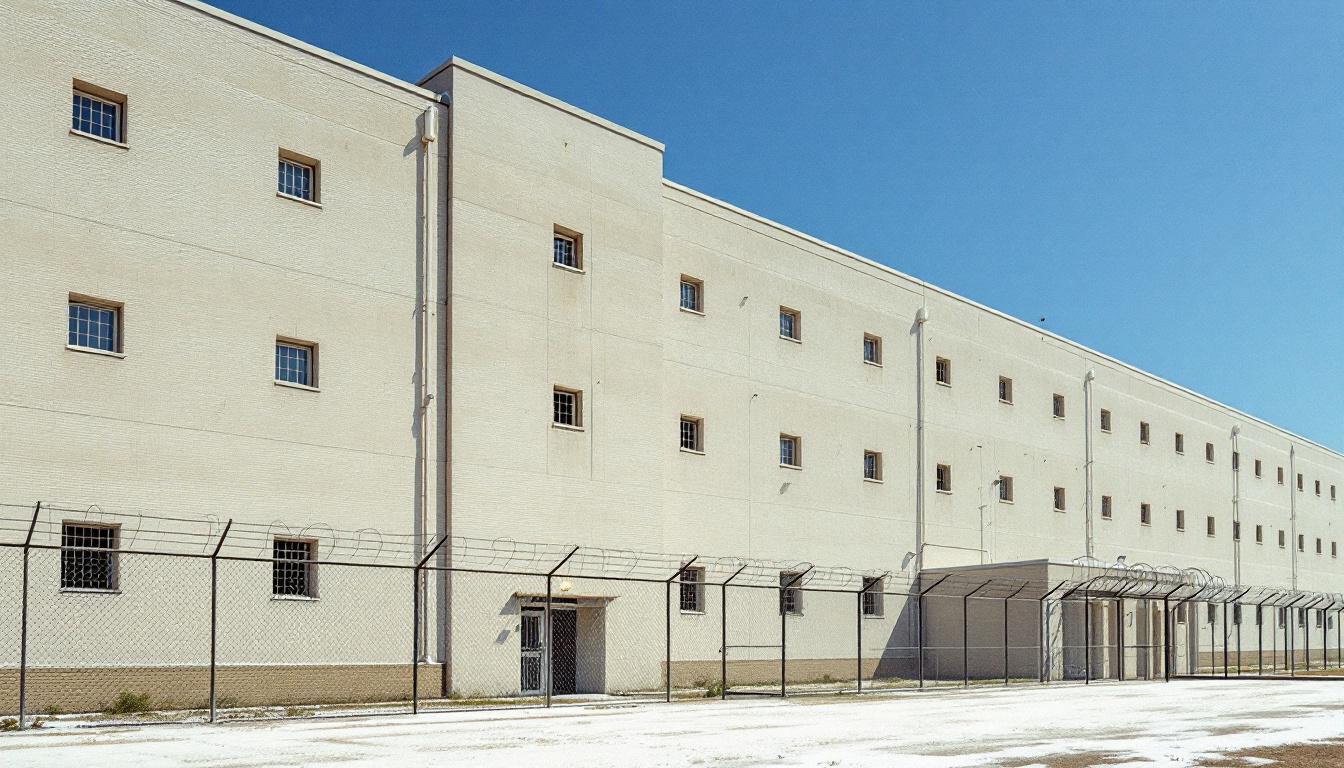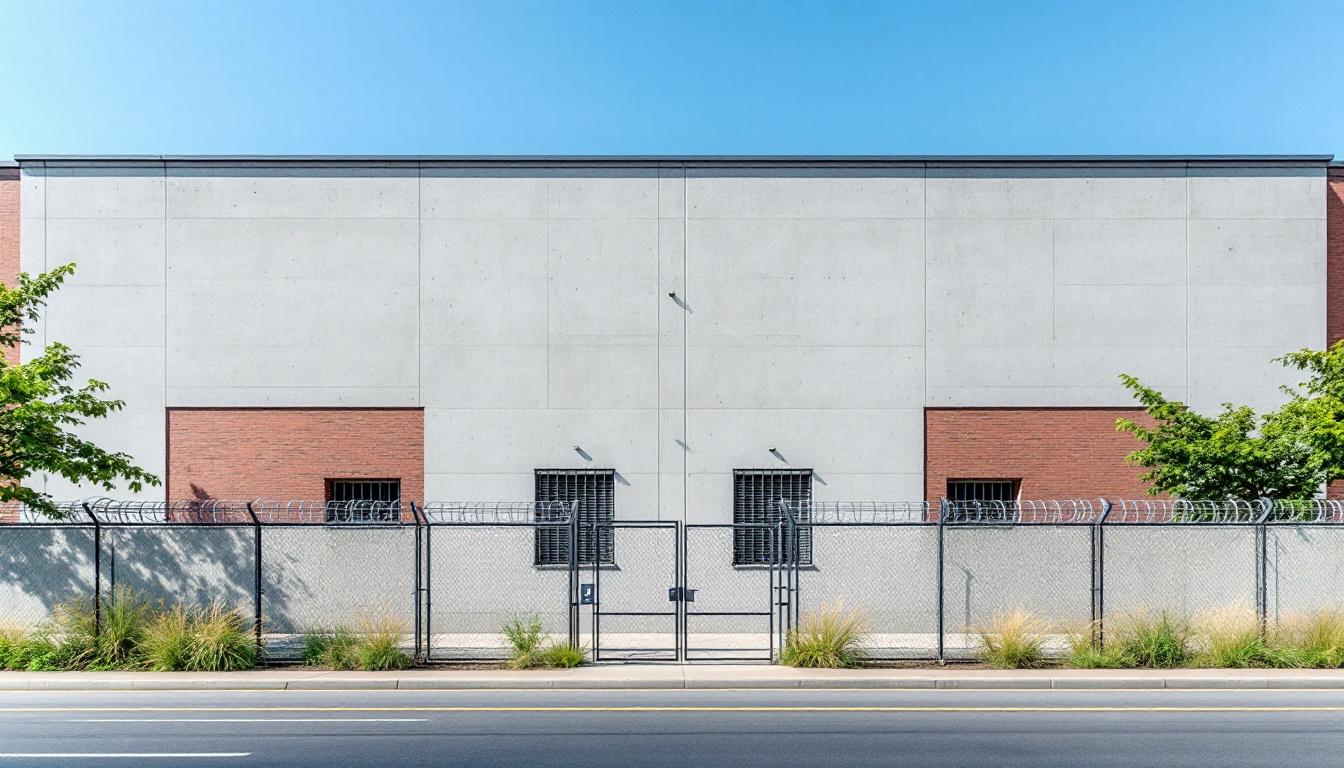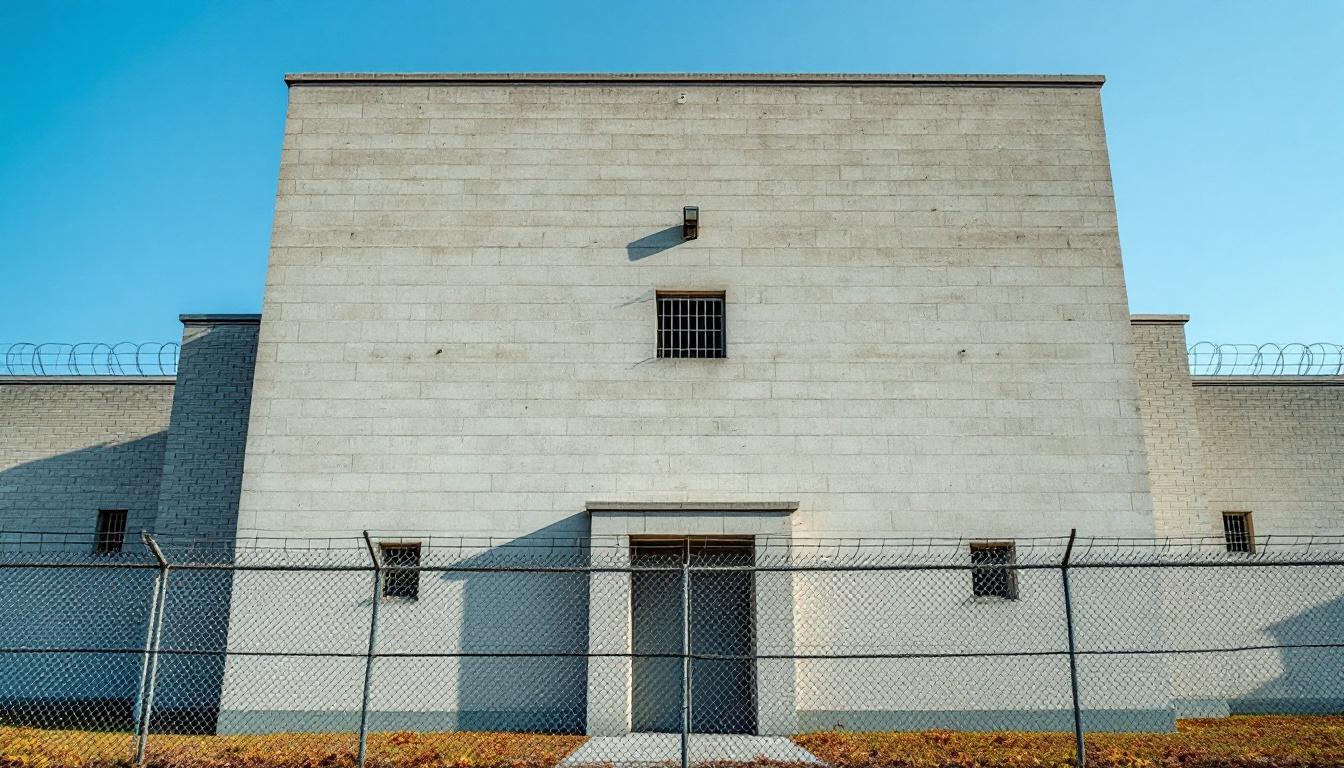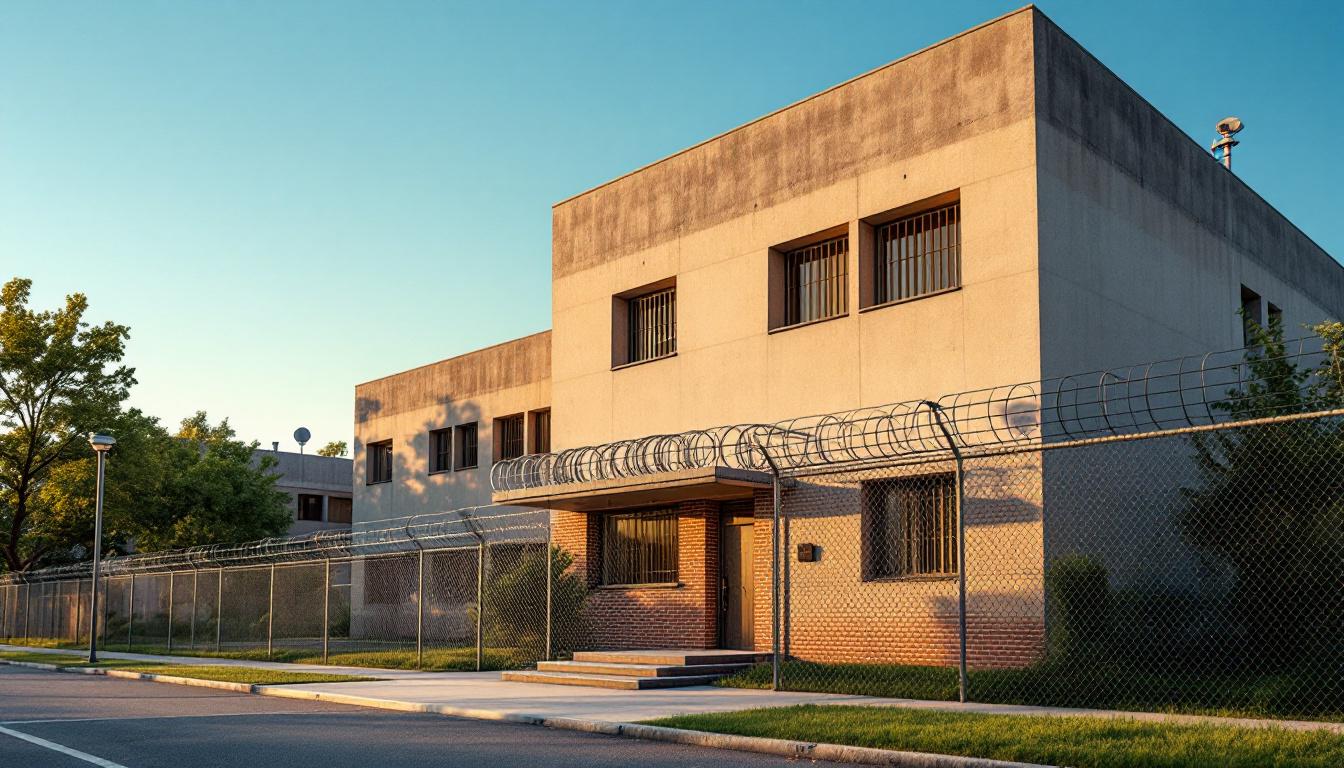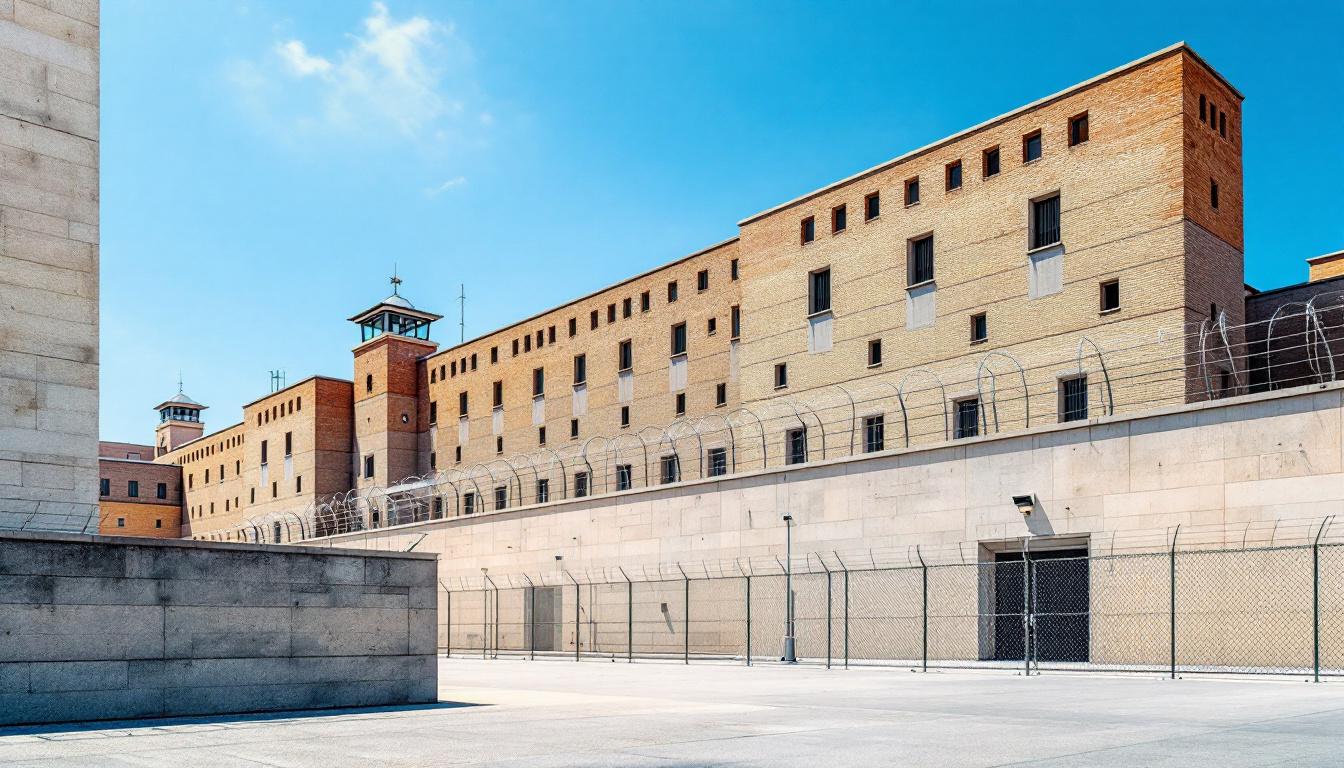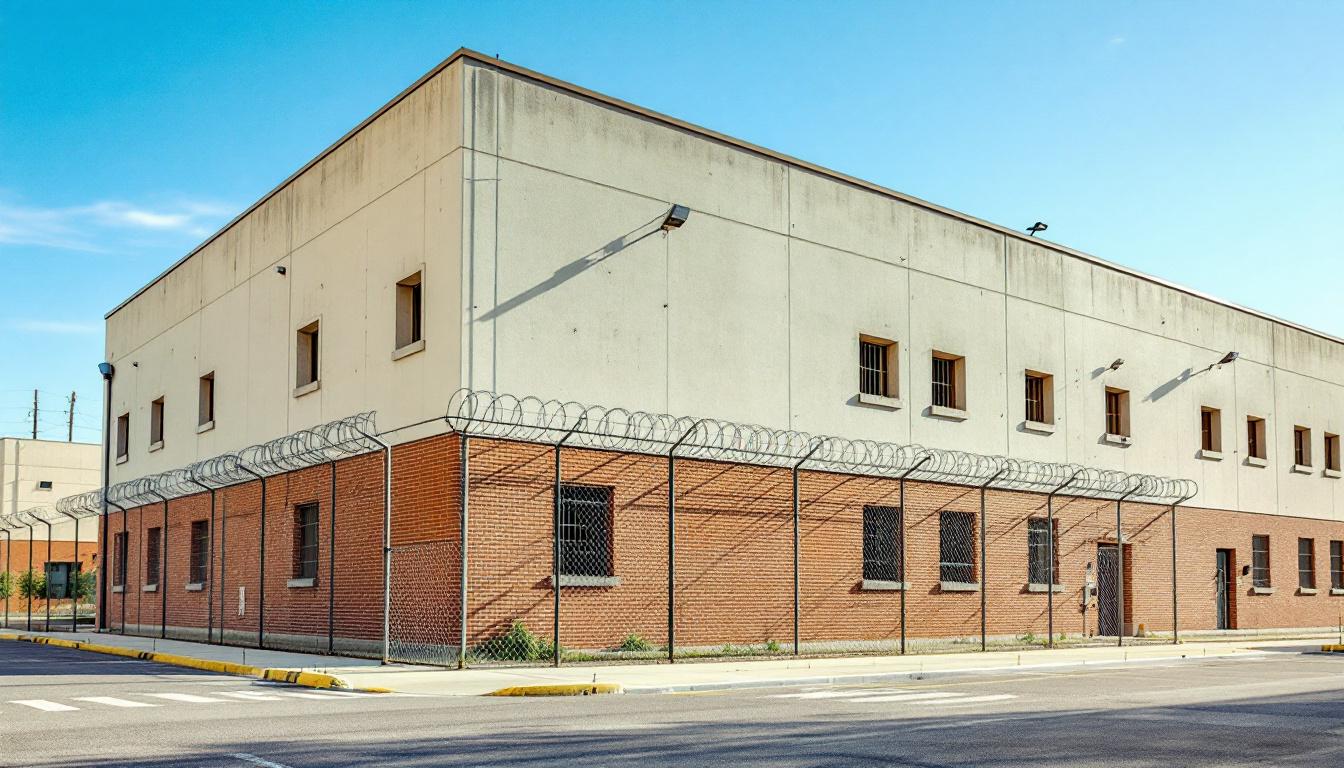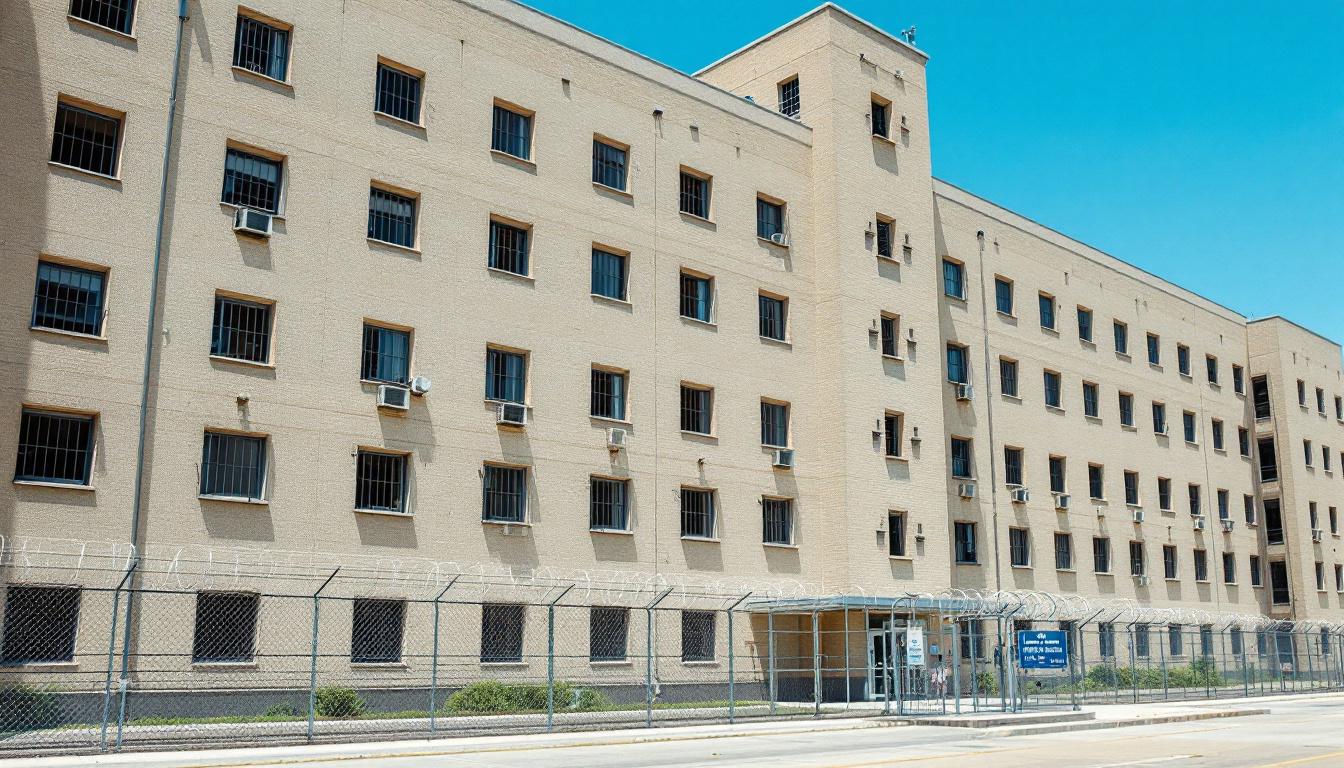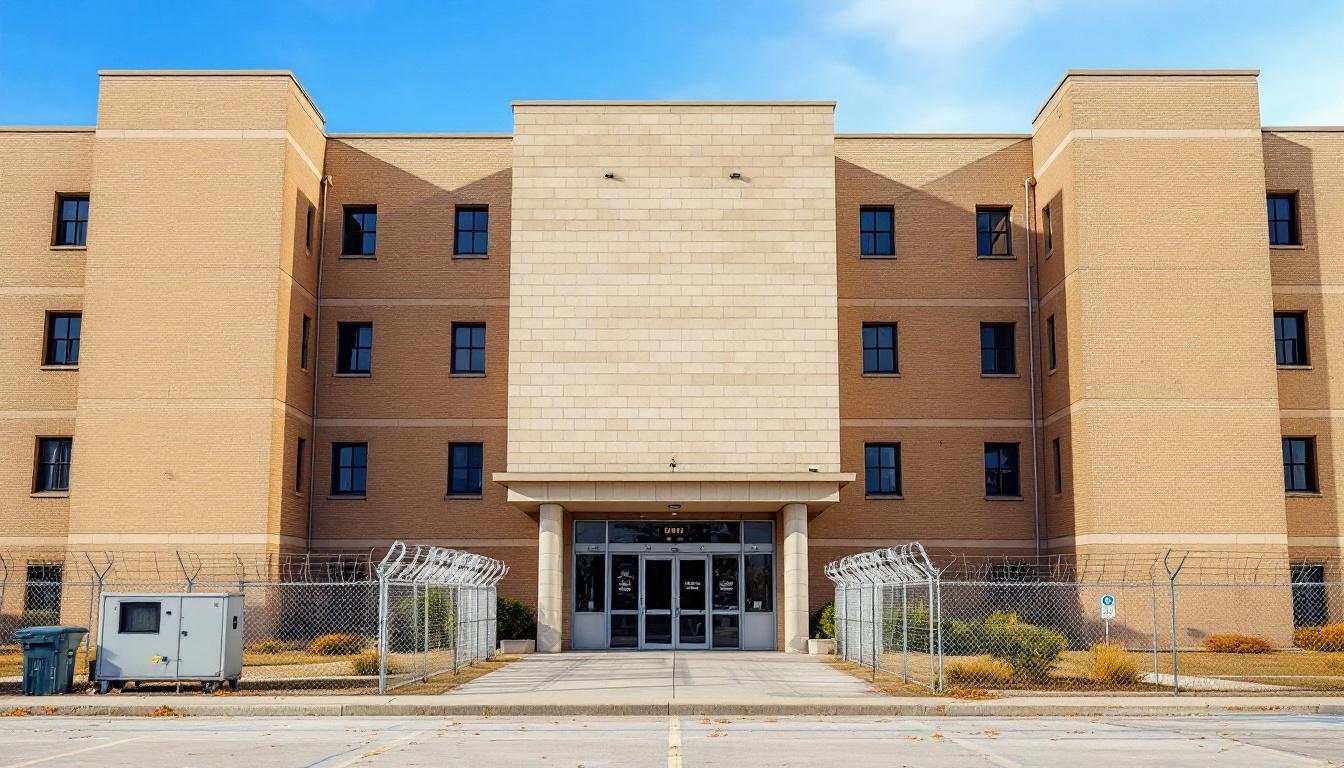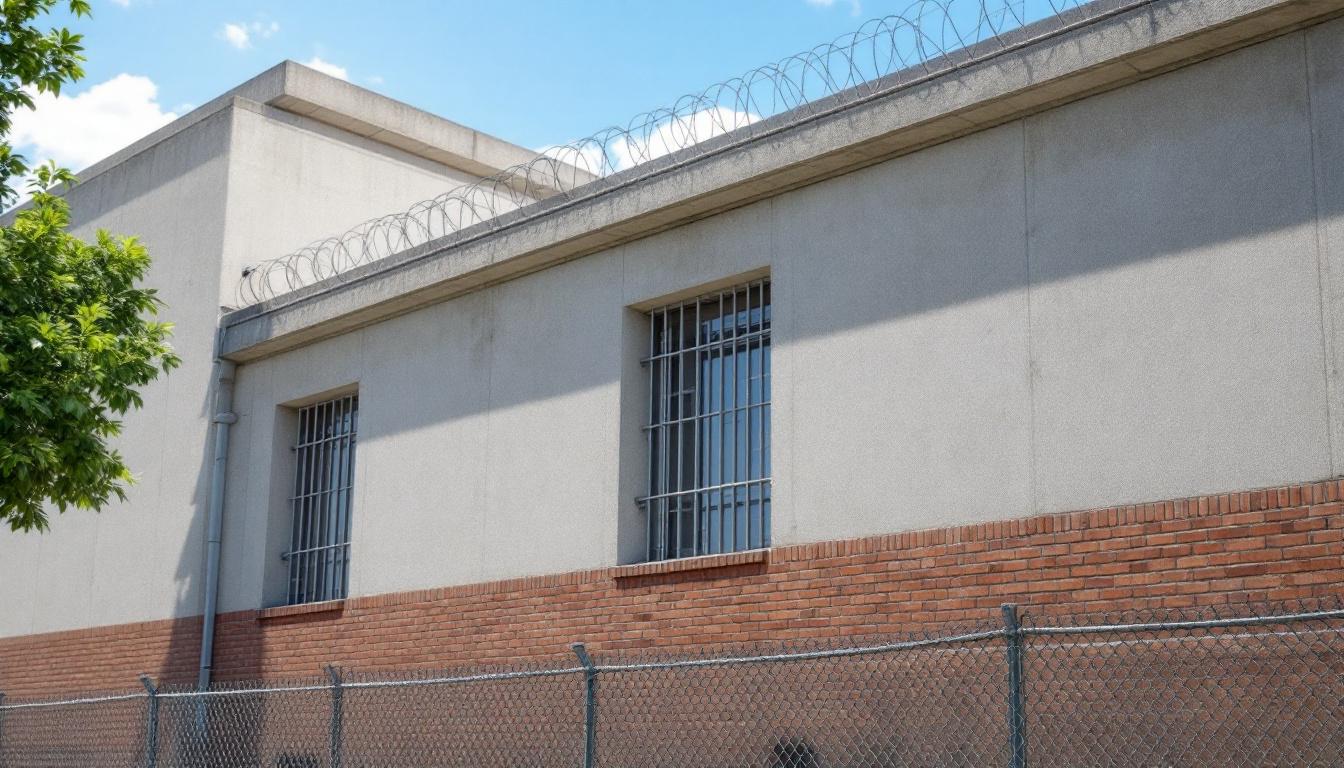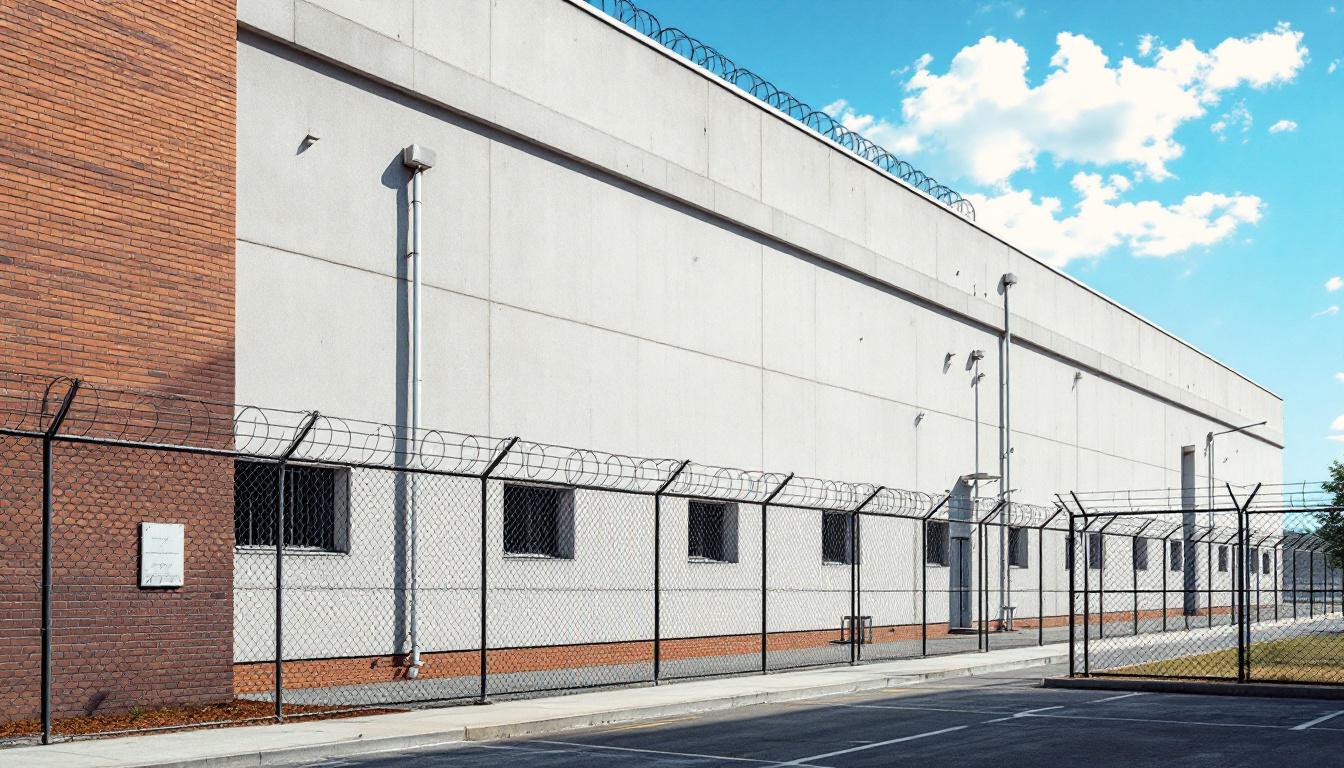
Quick Navigation
How to contact an inmate at California Recovery Center
This comprehensive guide will walk you through how to connect with an inmate at California Recovery Center. Follow the steps below to find an inmate and send letters and photos:
- Search for the inmate using our search tool below
- Create your account or log in to Penmate
- Write your message (up to 6,000 characters)
- Send instantly - inmates receive printed copies daily
Find an Inmate
Search for an inmate to start communicating today
Tip: You can search by first name, last name, or inmate ID number
To contact a person at California Recovery Center start by searching for the person on the official facility website. Perform a search by following these steps:
- Step 1: Enter their first name and last name into the search form and click "Search"
- Step 2: Locate their inmate record
- Step 3: Write down their Inmate ID and any housing information provided
Important! Be sure to enter the person's full name. Nicknames should not be used.
How to Send Messages to Inmates

You can use your phone or computer to send emails, letters, and photos to an inmate. Messages are sent electronically to inmate tablets or kiosks at the facility. If you would like to send a message, start by searching for an inmate at California Recovery Center.
Sending Photos and Postcards

A great way to send love and support to a loved one at California Recovery Center is to send photos and postcards. It only takes a few minutes to send photos from your phone and it makes a huge difference. You can also mail postcards with words of support and inspiration, or design your own postcard for special moments like birthdays and holidays.
Important! Be sure not to send any explicit photos or they may not be approved by the facility. You can also use a photo printing app like Penmate to make sure your photos are printed at the correct size (4x6 or 3x5) and are mailed according to the rules and regulations of California Recovery Center.
Frequently asked questions about California Recovery Center
-
How long does it take to deliver a message?
If you're sending an email message your letter is usually delivered within 24-48 hours. For messages sent via mail you should expect delivery within 3-7 days. All messages will need be approved by California Recovery Center.
-
How much does it cost to send a message to California Recovery Center?
You can send a message free using your phone or mail a message via USPS for the price of a $0.60 stamp and envelope. You can also purchase credits or e-stamps from services starting at $1.99.
-
What services can I use to contact an inmate at California Recovery Center?
Penmate
You can use Penmate to send letters and photos to an inmate from your phone. It's an easy way to stay in touch during your loved one's incarceration. Use the inmate locator to find an inmate's location and contact information, then you can send messages within a few minutes.
Securus messaging
Securus may be another option for communicating with an inmate at California Recovery Center. You can create a friends and family account and purchase credits to send messages. All messages will be reviewed and must be approved by the facility.
JPay
Some county jails and state prisons may support sending messages with JPay. You must register an account with the system, find your loved one, and purchase stamps to send messages. For some locations you can also attach photos.
Smart Jail Mail
You may also check if Smart Jail Mail is available at California Recovery Center. Smart Jail Mail is operated by Smart Communications and has contracted with some state and county jails. After purchasing credits, your messages and photos are sent to the facility, printed out, and then handed out to your loved one.
-
What is the mailing address of California Recovery Center?
Mailing address:
California Recovery Center
423 Oak St
Roseville, CA 95678
Phone: (855) 936-2359Business hours:
- Monday: Open 24 hours
- Tuesday: Open 24 hours
- Wednesday: Open 24 hours
- Thursday: Open 24 hours
- Friday: Open 24 hours
- Saturday: Open 24 hours
- Sunday: Open 24 hours
-
What are the visiting hours at California Recovery Center?
Visiting hours at California Recovery Center vary by housing unit and security level. Generally, visits are scheduled on weekends and holidays, with some facilities offering weekday visits. Contact the facility directly at (855) 936-2359 or check their website for the current visiting schedule. Visits typically last 30-60 minutes and must be scheduled in advance.
-
What items are prohibited when sending mail to California Recovery Center?
Prohibited items typically include: cash, personal checks, stamps, stickers, glitter, glue, tape, staples, paperclips, polaroid photos, musical or blank greeting cards, hardcover books, magazines with staples, and any items containing metal or electronics. Only send letters on plain white paper with blue or black ink. Photos must be printed on regular photo paper (no Polaroids). Always check with California Recovery Center for their specific mail policies.
-
How do I send money to an inmate at California Recovery Center?
You can send money to an inmate at California Recovery Center through several methods: 1) Online using JPay, Access Corrections, or the facility's approved vendor, 2) Money orders mailed directly to the facility with the inmate's name and ID number, 3) Kiosks located in the facility lobby, or 4) Over the phone using a credit or debit card. Fees vary by method, typically ranging from $2.95 to $11.95 per transaction.
-
Can I schedule a video visit with an inmate at California Recovery Center?
Many facilities now offer video visitation as an alternative to in-person visits. At California Recovery Center, video visits may be available through services like Penmate, Securus Video Connect, GTL, or ICSolutions. Video visits typically cost $10-20 for 20-30 minutes and must be scheduled in advance. You'll need a computer or smartphone with a camera and reliable internet connection. Contact the facility for their specific video visitation policies and approved vendors.
-
What identification do I need to visit an inmate at California Recovery Center?
All visitors must present valid government-issued photo identification such as a driver's license, state ID, passport, or military ID. Minors must be accompanied by a parent or legal guardian who can provide the minor's birth certificate. Some facilities require visitors to be on the inmate's approved visitation list, which may require a background check. Contact California Recovery Center for specific ID requirements and visitor approval procedures.
-
How can I find out an inmate's release date?
To find an inmate's release date at California Recovery Center, you can: 1) Use the online inmate search tool if available, 2) Call the facility's records department, 3) Contact the inmate's case manager or counselor, or 4) Have the inmate provide this information during a call or visit. For privacy reasons, some facilities only release this information to immediate family members.
Facility Overview
Official Website
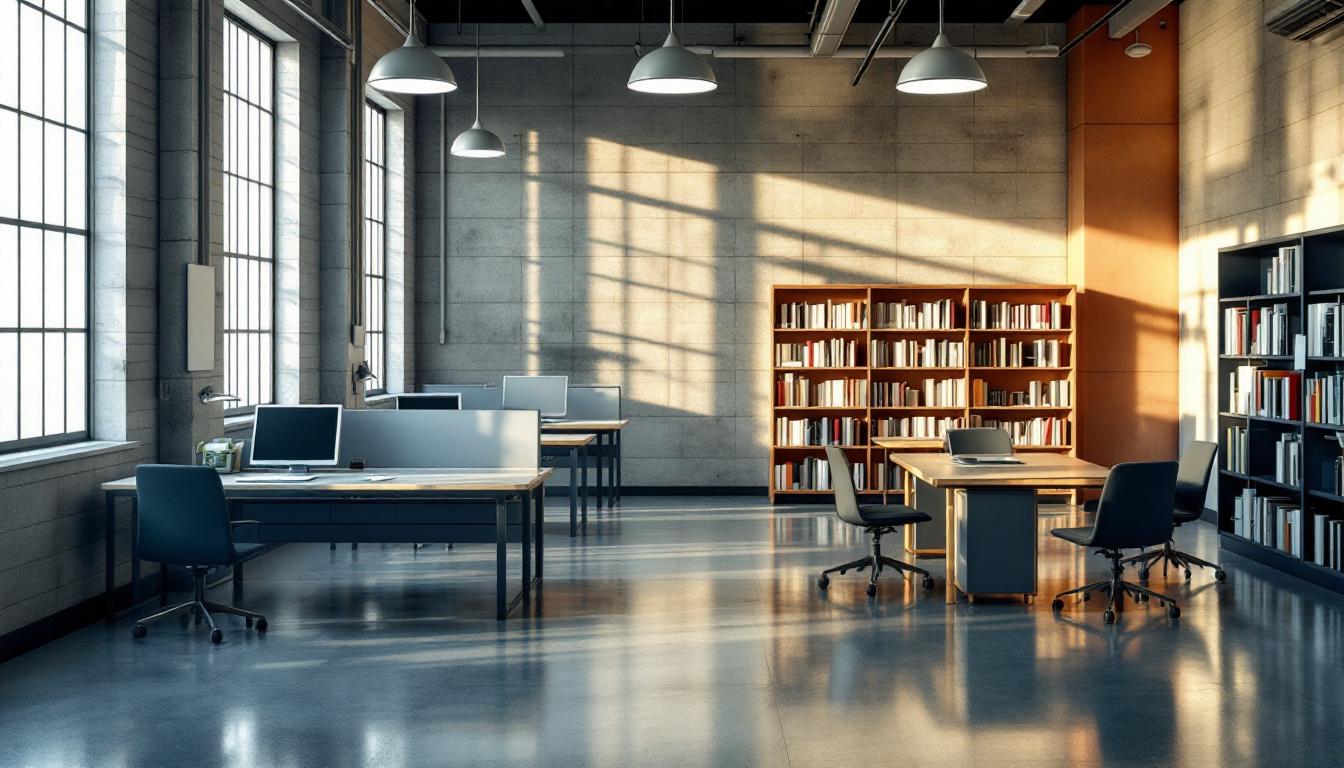
About California Recovery Center
Addressing substance abuse issues within the correctional system, the California Substance Abuse Treatment Facility operates as a specialized state prison facility based in Corcoran, California. Located at 900 Quebec Avenue, this facility typically combines traditional correctional operations with targeted treatment programming designed to address addiction-related challenges among incarcerated individuals. The facility's structure includes multiple housing units designated as Facilities A through G, each accommodating different populations and program participants within the broader correctional framework.
The institution maintains comprehensive safety and security protocols while working to provide therapeutic interventions for substance abuse issues. Current operations include structured visitation procedures that accommodate both in-person and video visits, with specific health and safety measures in place. In-person visits typically allow up to three approved visitors for two-hour sessions, while video visits are generally scheduled for one-hour periods on Sundays. The facility often implements physical distancing requirements and sanitation protocols to ensure the safety of visitors, staff, and incarcerated individuals.
As part of the California Department of Corrections and Rehabilitation system, this Corcoran-based facility may offer various rehabilitative services alongside its specialized substance abuse programming. The institution typically maintains standard correctional security measures while working to create an environment conducive to treatment and recovery. Families and approved visitors can generally access detailed visiting information and scheduling procedures through official CDCR channels, ensuring proper coordination of visits and adherence to facility protocols.
Programs & Services
The California Substance Abuse Treatment Facility prioritizes maintaining family connections through comprehensive visiting programs that support the rehabilitation process. The facility currently operates under Phase III protocols, offering both in-person and video visiting options to help incarcerated individuals maintain meaningful relationships with their loved ones. In-person visits accommodate up to three approved visitors for two-hour sessions, while video visits provide one-hour connections every Sunday, ensuring consistent family support throughout the treatment process.
As a specialized treatment facility within the California Department of Corrections and Rehabilitation system, SATF typically focuses on evidence-based substance abuse treatment programs designed to address addiction and promote long-term recovery. The facility may offer various therapeutic interventions including individual and group counseling sessions, cognitive behavioral therapy programs, and relapse prevention education. Educational services often include adult basic education, GED preparation, and vocational training opportunities that help individuals develop job skills for successful reintegration into their communities.
Support services at the facility commonly encompass mental health counseling, medical care, and pre-release planning programs. The facility's multiple housing units (Facilities A through G) may provide different levels of programming and treatment intensity based on individual needs and progress. Religious and spiritual services, recreational activities, and library access typically complement the core treatment programming, creating a comprehensive approach to rehabilitation that addresses the physical, mental, and social aspects of recovery from substance abuse.
Daily Life & Visitation

The California Substance Abuse Treatment Facility in Corcoran operates across multiple housing units (Facilities A through G), each with its own designated mailing address, reflecting the structured organization that shapes residents' everyday experiences. Located at 900 Quebec Avenue, this specialized correctional facility focuses on substance abuse treatment programming, which typically influences the daily schedule with therapeutic activities, group sessions, and educational components integrated throughout the week.
Residents generally follow a structured routine that may include morning count procedures, meals served at designated times, and participation in various treatment programs tailored to substance abuse recovery. The facility often provides educational opportunities, vocational training, and counseling services as part of the rehabilitation process. Recreation time and library access are commonly available during specified hours, allowing individuals to maintain physical fitness and continue learning. Work assignments within the facility may include kitchen duties, maintenance tasks, or other institutional operations that help residents develop job skills while contributing to facility operations.
Family connections remain an important aspect of life at the facility, with visiting policies recently expanded to Phase III protocols. In-person visits typically last two hours and accommodate up to three approved visitors per resident, while video visits are available for one hour every Sunday. All visits maintain six-foot physical distancing requirements and follow health protocols, including face coverings and station sanitization. The facility provides a children's play area during visits, recognizing the importance of maintaining family bonds. Mail correspondence flows through the various facility post office boxes, enabling residents to stay connected with loved ones and support networks throughout their time in the program.
Ready to Connect?
Start communicating with your loved one today
Search for an Inmate
